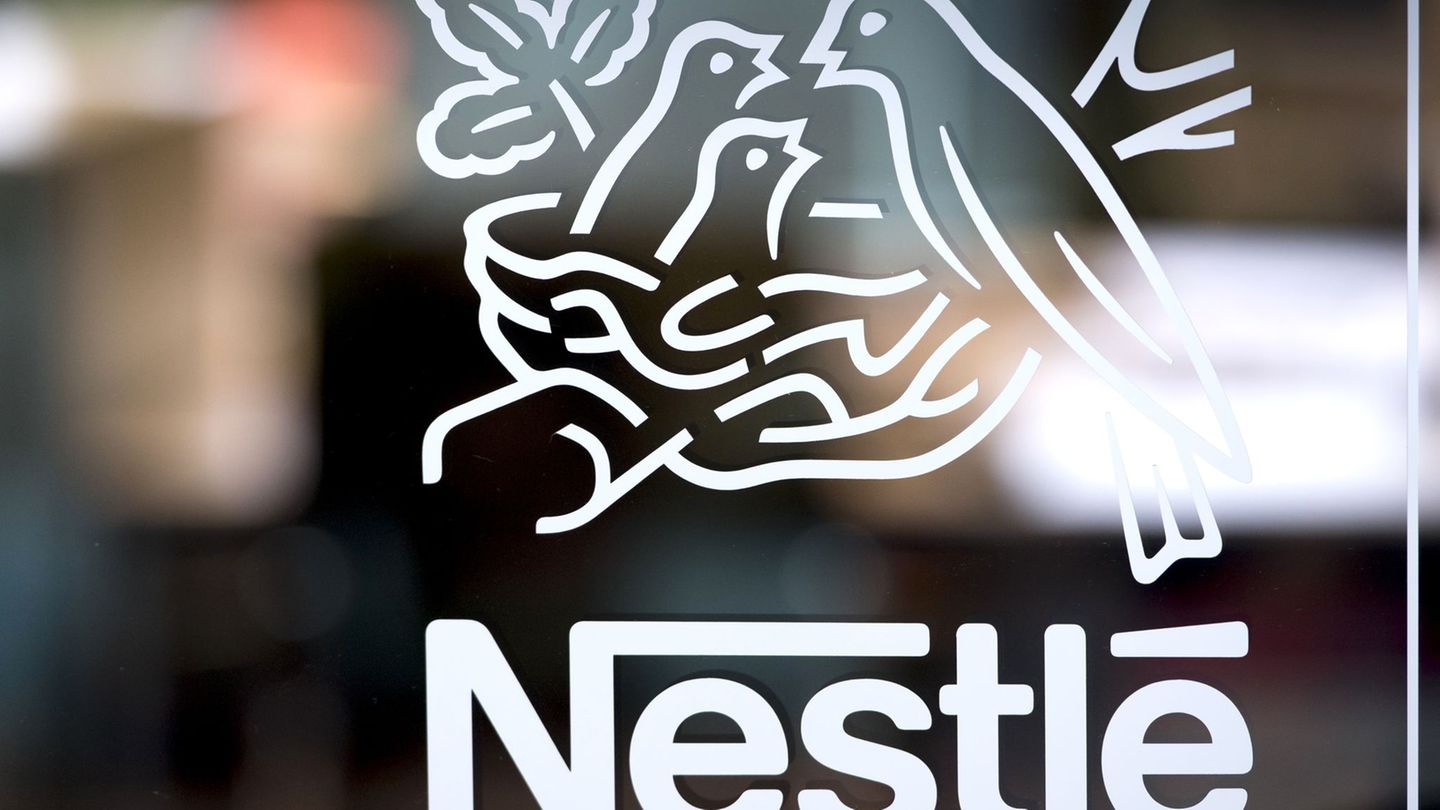The financial burden on those in need of care and their families has been increasing for years. How effective are increased cost controls?
For those in need of care in nursing homes, the amount of money they have to pay out of pocket has continued to rise. As of July 1, the average monthly out-of-pocket cost in the first year in the nursing home was 2,871 euros. That is 211 euros more than in mid-2023, according to an analysis by the Association of Substitute Health Insurance Funds. The burden is therefore growing despite the now increased relief supplements, which are based on the length of stay.
With the highest surcharge from the fourth year in the home, the co-payment increased on average to 1,865 euros per month. That is 91 euros more than on July 1, 2023, as the data available to the German Press Agency show.
The amounts include the personal contribution for pure care and support. Unlike health insurance, nursing care insurance only covers part of these costs. For residents in nursing homes, there are also costs for accommodation, food and investments in the facilities.
For the first time, training costs, which are also passed on by the homes, were included in the evaluation as of July 1. However, this item was also included in the comparison values from July 1, 2023, as was explained.
Surcharges are intended to reduce costs
Since 2022, in addition to the payments from the nursing care fund, there have also been relief supplements, which were increased with a reform by the traffic light coalition on January 1, 2024. The personal contribution for pure care will thus be reduced by 15 percent instead of 5 percent in the first year in the home, by 30 percent instead of 25 percent in the second, by 50 percent instead of 45 percent in the third year, and by 75 percent instead of 70 percent from the fourth year onwards. The reason for the nevertheless growing personal contribution is primarily higher personnel costs for nursing staff.
However, the surcharges could not fully offset the increase in co-payments, as the data shows. As of July 1, the average monthly cost for pure care in the first year in the home was now 1,426 euros – a year ago, with the then even lower relief surcharge, it was 1,295 euros. According to the analysis, accommodation and meals in the homes also became more expensive. As of July 1, residents had to pay an average of 955 euros a month for this, after it had been 888 euros in mid-2023.
The head of the Association of Substitute Health Insurance Funds, Ulrike Elsner, said with regard to the increasing personal contribution: “The fact that it is so high is also due to the fact that the states are ignoring their responsibility.” If the states took over the investment costs – as originally planned – it would save nursing home residents an average of 490 euros a month. It is also the state’s responsibility to cover training costs. This must be resolved as part of the nursing care reform announced by Federal Health Minister Karl Lauterbach (SPD).
The ministry plans to present a concept for the reform in the autumn. It is to be an overall package for more capacity among nursing staff, a greater avoidance of the need for care and the closing of a financial gap – because the nursing care insurance expects to be in the red for 2024 and 2025. In addition to the higher relief supplements for nursing home places, an initial reform also brought an increase in contributions on July 1, 2023.
Differences between the federal states
Overall, there are still regional differences in co-payments. On average, a place in a home in the first year of residence is currently most expensive in North Rhine-Westphalia at 3,200 euros per month and in Baden-Württemberg at 3,180 euros. The lowest co-payment is in Saxony-Anhalt at 2,373 euros.
According to the Association of Substitute Health Insurance Funds, the remuneration agreements between nursing care funds and homes in all federal states were evaluated. The association includes the Techniker Krankenkasse, Barmer and DAK-Gesundheit, among others.
Source: Stern
I have been working in the news industry for over 6 years, first as a reporter and now as an editor. I have covered politics extensively, and my work has appeared in major newspapers and online news outlets around the world. In addition to my writing, I also contribute regularly to 24 Hours World.




